The island of Pag has long been linked to grapevine, which, along with sheep farming, fisheries and salt production, is the most important source of the existence of its population. Viticulture on the Adriatic islands dates to ancient times when, under the influence of Phoenicians and Greeks, grapevine spreads and grows.
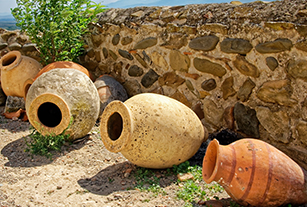
Cissa
The oldest material indicators date from the time of the Romans.
The latest archaeological research on the northern part of the island, in the former city of Cissa, discovered amphoras in the sea in front of the city where wine was kept.
Grapevine culture and wine production have been preserved in times after the classical period.
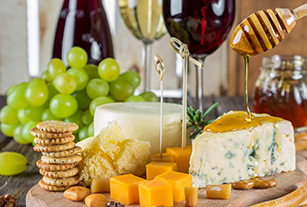
Pag muniment
After the battle with Mongols in the 13th century, the king of Hungary, Bela IV sheltered on the island of Pag, where the islanders had shown hospitality.
To repay to them on March 30th, 1244, he gave them the muniment which makes Pag a free royal town, and the king is thankful for the food and wine with which they hosted him.

Middle Ages
During the Middle Ages, there were vineyards on the island owned by noblemen but also by commoners.
Along with the saltworks and the land, the vineyards were also inherited, as interpreted by the old records of Zadar notaries.
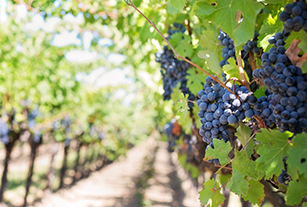
Franz I Habsburg
emperor wrote in his diary that he was honored with excellent food and wine with his wife Carolina during his two-day stay on the island of Pag in 1817.
And Austro-Hungarian emperor Franz Joseph mentions the wine of Pag he has been drinking during his one-day visit to Pag in 1875.
Since then viticulture has experienced many ups and downs.
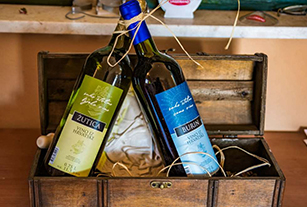
‘Paška Žutica’
Since ancient times, Pag has been producing white wine from several varieties, which because of its color, and as a result of traditional technology, was named ‘Paška Žutica’. The main cultivar for the production of this wine was Gegić, the carrier of the variety on the island, which was significantly more widespread than other varieties.
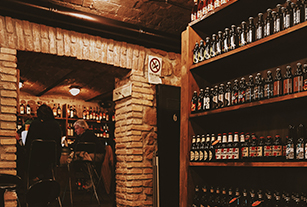
Gegić and Trbijan
According to a survey carried out in 1979, the white grapes on the island are represented by: Gegić 52.6 %, Trbijan 46.5 %, Other 0.9 %.
Today’s cultivation has been limited to Trbijan for large and regular crop fertility, and Gegić for ‘restoring’ the quality of white wines, and Plavina for black varieties.
